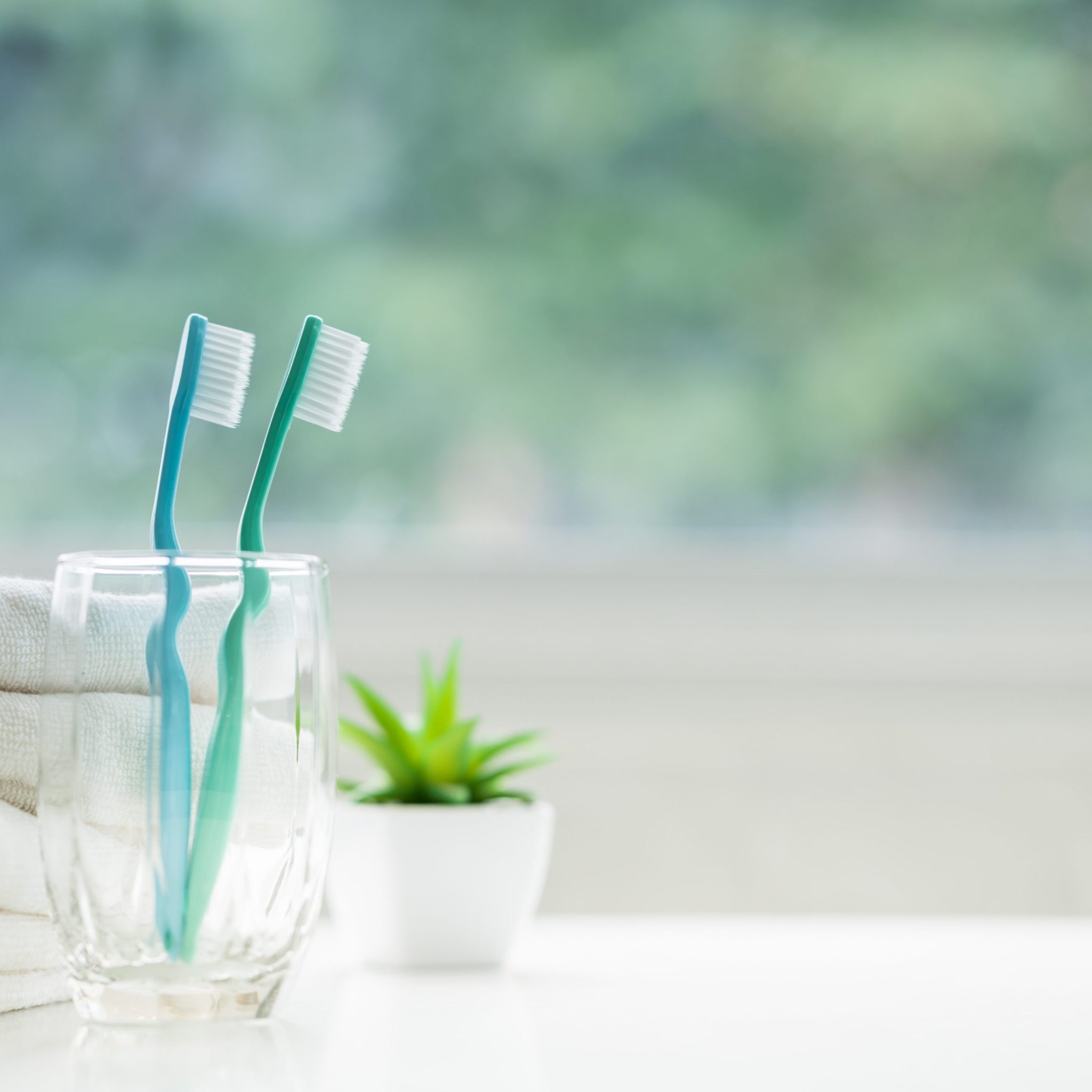The toothbrush has a long history that dates back thousands of years. Originally, toothbrushes were made of twigs and sticks with frayed ends. Later on, toothbrushes were made from bone, wood or ivory, and hair from animals. Over time, toothbrushes have advanced in design, and modern toothbrushes are effective at removing plaque and food from your child’s teeth. Toothbrushes also help keep their gums healthy to prevent tooth decay.
Why Brush Your Teeth?
Brushing your teeth removes food and plaque, which is bacteria that eats away at your teeth. Plaque can eventually become tartar, which is a hardened form of plaque. When your child does not brush frequently, tartar and plaque can build up and produce acid that can erode their tooth enamel and irritate their gums. Brushing frequently helps to prevent cavities and gum disease, so make sure they brush every day! The ADA recommends brushing a minimum of twice a day (usually in the morning and before bed), or anytime after eating.
Types of Toothbrushes
The two types of toothbrushes available today are either manual or electric/powered. Both types of toothbrushes are capable of cleaning your child’s teeth effectively. Electric toothbrushes can be fun for children and can be easier to use for those who have difficulty using manual toothbrushes. Dentists recommend that your child use whichever type makes brushing easiest for them.
Bristles on toothbrushes come in a variety of firmness, ranging from hard to soft. Many dentists recommend using a soft-bristled toothbrush because hard bristles can possibly damage your child’s enamel, irritate their gums, and contribute to tooth sensitivity.
Regardless of which toothbrush you choose for your child, be sure they brush their teeth a minimum of twice a day for at least two minutes with fluoride toothpaste. Dentists also recommend that you replace your child’s toothbrush every 3-4 months, or whenever the bristles seem frayed or worn. Some toothbrushes even have indicators on the bristles that lose or change color when the toothbrush needs to be replaced. It is also recommended that you change your child’s toothbrush after they experience illness.
Ask your dentist or dental hygienist to recommend a toothbrush that is best suited for your child’s needs. Remember that brushing at home is not enough to ensure optimal dental health. Make sure your child visits a pediatric dentist like Little Smiles Dentistry, located in Post Falls, Idaho and Spokane Valley, Washington every six months for a professional dental cleaning, which will help clean the areas that brushing can’t reach. We offer a full range of pediatric dentistry services from routine to checkups to fillings and sealants, that will ensure that your child has optimal oral health!


